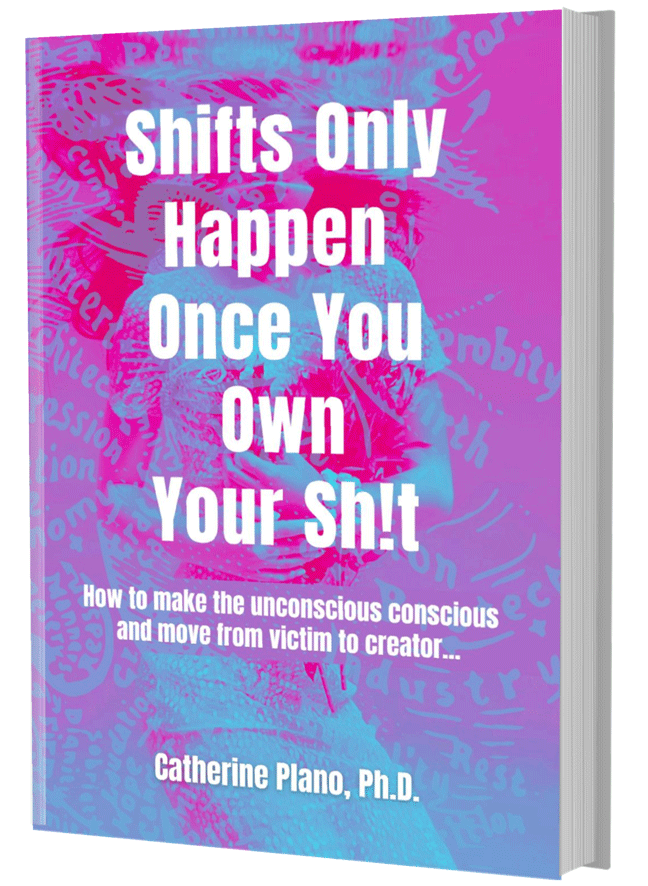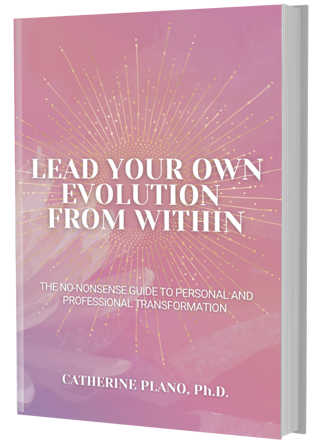Actions always prove why words mean nothing…
How often have we heard ‘you’re only as good as your word’, ‘without trust you have nothing’ or ‘people will always remember what you did, not what you said?’
We are a society that has been conditioned right from the age of time.
We are told our entire life what to do, how to do it and why it must be done this way.
Let me give you some examples so you are picking up what I am putting down.
My mother, who is very dear to me, always told me how I should eat at a dinner table – ‘chew with your mouth close’ or ‘don’t talk with food in your mouth’ or what I can and can’t talk about over dinner. We are French and food is a soulful experience, where you spend quality time with the family and bask in each other’s love and passion for food.
If you know any French families, that is all they talk about, food! I was also told how to behave at the dinner table – say excuse me if you burp, preferably not do that at the dinner table and always stay at the table until everyone is finished, hence my table etiquette.
We are a product of what we were told. We are conditioned by what we were told. It’s that saying, ‘do as I say, not as I do’ – when you think about it, if we are a product of our parents, then as children we will follow their actions, not their advice, right?
Even as we grow older, we still get told what to do and how to do it. I see this kind of behaviour every day. I see leaders tell their team what to do and what not to do and get frustrated when they were specific to an individual and they don’t comply. Why?
Your Brain Doesn’t Process Negative Commands
If I were to tell you ‘don’t think of a blue elephant’, you have to think of a blue elephant for you not to think of a blue elephant, right?
I know that’s a stretch in itself… what am I on about? Let’s see how this plays out. If you tell a child ‘don’t touch the heater, it’s hot’, what do they do? They touch the heater. Why? Because when you say don’t do this or don’t do that, the unconscious mind speaks the language of pictures. Therefore, the very thing you tell them not to do is the representation (picture) of that object in their mind.
Another way of explaining and simplifying this is if you don’t want to be sick, poor or fat, what is the picture in your mind? Exactly what you don’t want. The trick is to think about what you want instead. It’s that easy!
The key to getting someone to do what you want is making him or her feel like it is his or her idea. No one likes to be told what to do; human nature tends to rebel against supreme authority, even though we desire boundaries.
We Are Conditioned by Our Environment
Over time, things that have happened in the environment we are conditioned to behave a certain way.
This conditioned response is like an elephant that gets trained for the circus.
When the elephant is young, the trainer ties one of their legs to a steel pole with a big chain for years. As time passes, the elephant tugs on the chain, swings upside down to move away from the chain, does everything in its power to escape from the chain, until one day it has had enough and it gives up.
Then as an adult elephant, have you ever wondered why this massive creature is tied to a stick and rope and doesn’t move an inch? Hasn’t it ever crossed your mind, why is the elephant not trying to get away?
The answer lies in the way the elephant was trained, or conditioned, since the time it was young.
Perhaps your environment over the years has also conditioned you. Under these conditions, it is difficult to realise that we respond to stimuli in our environment in learned ways that are automatic. Some of these conditions serve us no purpose whatsoever.
As a matter of fact, some of these conditions are getting in the way of the very thing that we want to be, do or have.
What If Question
If we are a product of our parents and environment, then how do we make the change towards what we aspire to be?
Easy. Ask yourself a what if question.
I remember hearing a lecture and this doctor was talking about Nelson Mandela. He was sharing with us the story about how he was locked away for life, and for many years he was saying over and over again – ‘I will never get out of here. I will never get out of here’.
Then one day, Nelson said to himself, what if I was to get out of here? What if question moves your attention, focus and thinking to your neo-cortex or your pre-frontal cortex, the executive part of your brain?
This is where all the changes take place. The what if question opens your mind up to possibilities and opportunities. As we have discussed, with repetition and emotion, the what if question, gets you thinking. It creates curiosity and it drives you away from your old programs and patterns.
You see, ‘Show me. Don’t tell me.’ is allowing others to find it for themselves. When someone asks me a question, I love to respond with a question. I don’t need to tell them! Showing them, allowing them to find the answers themselves, is how we influence and empower individuals.
By answering a question with a question, it helps them deep dive into that unconscious part of their mind and tap into their imagination. This is the secret to building trust, rapport and strong relationships.
So the next time you catch yourself wanting to tell someone what to do, turn it into a question. Show him or her, don’t tell him or her. It’s so much more empowering!





